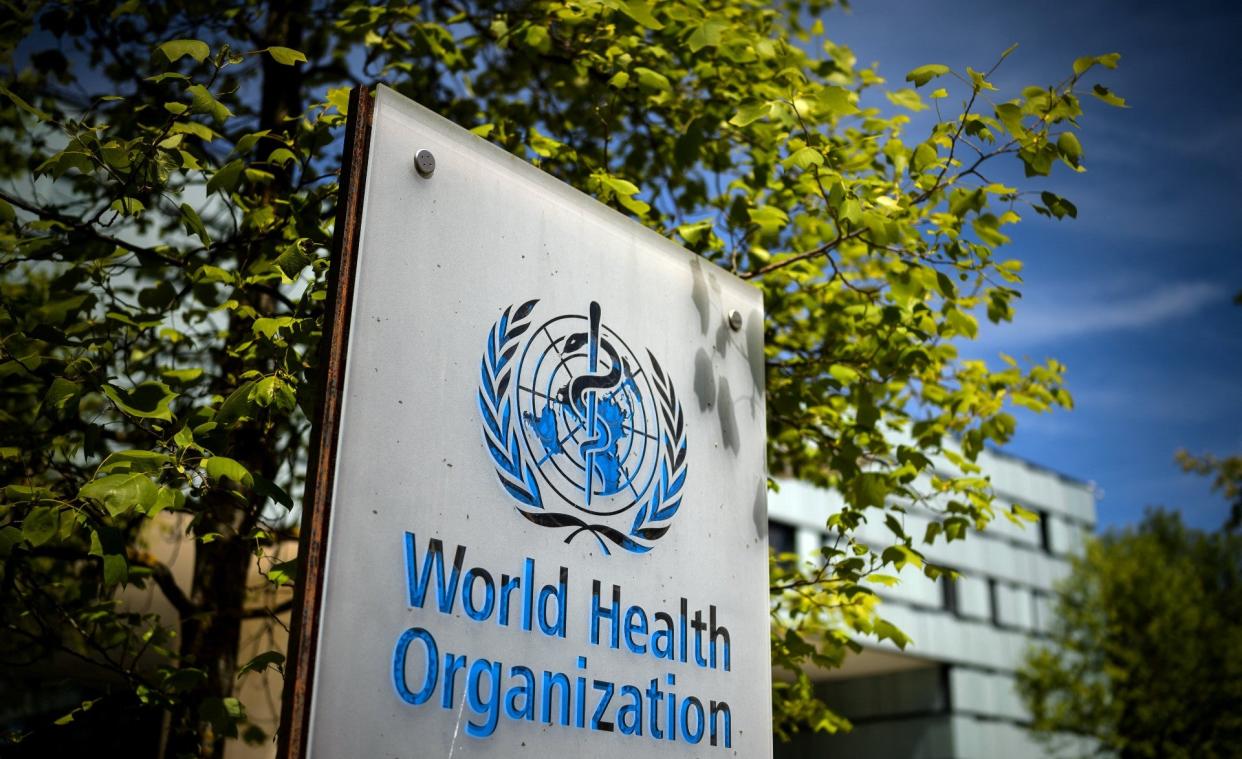WHO unveils plan to end global COVID-19 emergency in 2022

The World Health Organization (WHO) unveiled a new strategic plan on Wednesday that lays out a path toward ending the global emergency of COVID-19.
In its third strategic preparedness and response plan on COVID-19, the WHO acknowledged the pandemic remains an acute global crisis but charted a path to end the global emergency if key measures are implemented rapidly.
The organization outlined two key objectives: reducing coronavirus infections and diagnosing and treating COVID-19 cases effectively to reduce deaths.
The WHO said that can be achieved by increased surveillance and monitoring, improving global vaccine equity, bolstering healthcare systems and supplies, as well as upgrading research and data analyses.
In an letter, WHO Director-General Tedros Adhanom Ghebreyesus said more than six million people have died across the world from COVID-19 and that deaths are still logged everyday, with more than 75,000 people dying from the novel coronavirus in the first week of February alone.
Still, the director-general said the world has "the tools to plan for and respond to every eventuality."
"We now stand at a pivotal and dangerous moment in the fight against COVID-19. Although it is impossible to predict precisely how the SARS-CoV-2 virus will evolve, we know that new variants will arise as transmission continues and, in many cases, intensifies," he wrote. "And yet we can look to the future with a sense of hope that we can end the COVID-19 pandemic as a global emergency through our actions."
While cases and hospitalization rates have largely declined in the U.S., other countries are still battling deadly waves of the novel coronavirus, including a renewed surge in China and Hong Kong.
A new subvariant of the highly transmissible omicron, BA.2, is also worrying health officials as it recently became the dominant strain in the U.S.
One key objective for the WHO is reaching a 70 percent global vaccination rate, which remains far above the current rates in some poorer countries.
Of the 194 WHO member countries, 21 have vaccinated less than 10 percent of their population, and 75 have vaccinated less than 40 percent.
Addressing inequities in healthcare supplies and protective personal equipment is also urgent to address, the WHO said, as well as supporting and protecting the healthcare workforce.
About 115,000 healthcare workers died worldwide from COVID-19 between January 2020 and May 2021, according to the WHO.
The health organization also mentioned adjusting COVID-19 reporting systems - countries could adjust surveillance systems to track morbidities and impact over transmission rates, but said hard-hit nations with low vaccination rates should continue to monitor cases.

